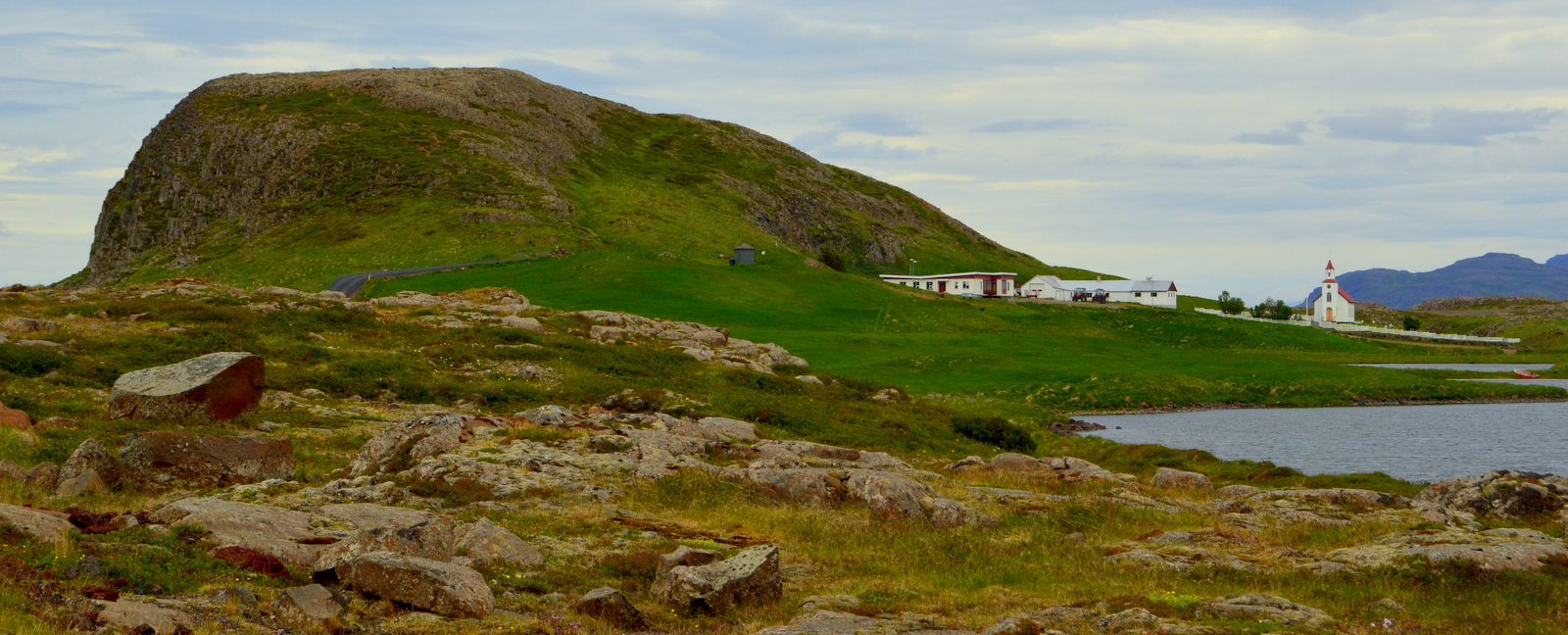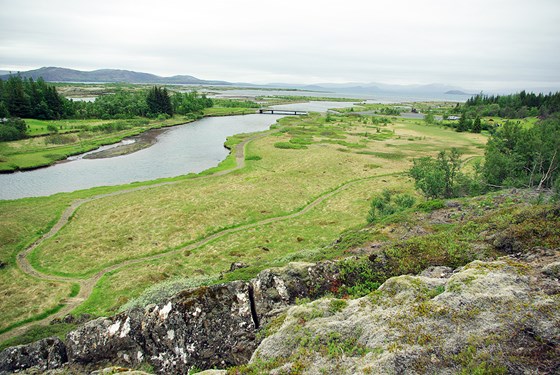The Maspalomas dunes, located on the island of Gran Canaria, in the Province of Las Palmas, in the Canary Islands is the filming location for the desert scene at the beginning of the 2006 BBC adaptation of “Jane Eyre” as directed by Susanna White. According to Wikipedia, the dunes “were formed by sand from the now subdued marine shelf, when it was laid dry during the last ice age and the wind blew the sand towards the coast of the island” (Wiki). The significance of the inclusion of these dunes and the desert scene in the beginning of “Jane Eyre” is not at first clear. It is likely, however, that it was intended to symbolize Jane’s feelings of emptiness and loneliness, as we see Jane sitting alone, looking out over the dunes. This could also symbolize her bleak view of her own future, as she is young in this scene, and she looks out over an expanse of nothingness. Jane is wearing red, and the sand looks hot and dry, so this could symbolize an absence of love or a craving for warmth...
moreCCU MAW ENGL 628 Dashboard
Description
Jane Eyre, Re-writing the Gothic Bildungsroman for 21-st Century Popular Culture:
Jane Eyre: An Autobiography (1847) by Charlotte Brontë is a seminal text in the Western feminist literature canon, published fifty-five years after Mary Wollstonecraft’s A Vindication of the Rights of Woman and a year before the Seneca Falls convention launched the feminist movement in Western culture. But more impressively, it is a popular novel that has never once gone out of print in one-hundred and seventy-four years. And scores of authors, directors, and digital producers have adapted, revised, and modernized Bronte’s most famous novel because the narrative still has something to teach us. What better text could a class of writers study in order to explore what makes a story not only timeless but also popular and highbrow? As bell hooks—the recently deceased, trailblazing Black feminist scholar and activist—declared, “Whether we're talking about race or gender or class, popular culture is where the pedagogy is, it's where the learning is.”
As writers, we will explore the creative and rhetorical choices select twentieth- and twenty-first-century authors and directors have made when appropriating Jane Eyre’s narrative, paying attention to how each Jane is a positive (or negative) role model of physical, emotional, and spiritual growth. In other words, we are going to explore how this piece of classic literature remains relevant because of Jane’s didactic appeal within 21st-century popular culture. In this course, we will also leverage the COVE’s (Collaborative Organization for Virtual Education) digital tools in order to create a collaborative “flipped classroom” learning experience.
Galleries, Timelines, and Maps
There is no content in this group.
Individual Entries
Jane Eyre was filmed in 2006, and was shot in Derbyshire, England. Derbyshire is also where Thornfield Hall is presumed to be located (Wikipedia Contributors). An interesting find about Derbyshire that plays into Jane’s happiness within the reading and film is how Derbyshire is known for their botany. Wikipedia Contributors confirm, “Derbyshire is known to have contained 1,919 separate taxa of vascular plants.” While at Thornfield Hall, Jane takes pleasure in going for walks and being in the fields. Jane’s walks are what led to her chaotic meet with Mr. Rochester, him becoming another cause for her happiness. Flowers and nature play a role for Jane throughout the novel, but a specific moment that stands out is when Mr. Rochester offers her a flower after she was left alone for hours with Mr. Mason (230). Jane shows dedication to Mr....
more
Mt. Helgafell is a dormant volcano located on the Snæfellsnes peninsula near Stykkishólmur, Iceland. Its name translates to "Holy Mountain," a reflection of the apparent sacredness noted by settler and explorer Þórolfur Mostrarskegg (Petzold). According to the Eyrbyggja Saga, Þórolfur Mostrarskegg first arrived in the area early in the 9th century and, upon first seeing the mountain, declared that he and his descendants would die in the mountain; this did wind up becoming true when Mostrarskegg's son drowned after falling through a rift in the mountainside (Ragnarsdóttir). Present-day, this site welcomes visitors and locals alike to try their hand at receiving wishes. The Flight of Gemma Hardy mentions the superstition regarding wishes on the mountain: walk in silence and without looking back and you will have three...
moreStykkishólmur is a small town on the northern shore of the Snæfellsnes Peninsula in Iceland. It is a mountainous area, with one of its main tourist attractions being Mount Kirkjufell. Its average temperature is around 32 degrees Fahrenheit. First developed in 1550, Stykkishólmur grew significantly through the Danish Trade Monopoly about 50 years later. This monopoly “disenfranchised and impoverished many Icelanders” but also, “help[ed] the development of towns along the peninsula such as Stykkisholmur.” The monopoly lasted until through the end of the 18th century, and Iceland remains on good terms with the Danish people to this day (Guide to Iceland).
In The Flight of Gemma Hardy, Stykkishólmur is the hometown of Gemma’s father, and where her Icelandic family lives. Here, she retraces her parental history through her aunt Kristjanna and her cousin Berglind (Livesey 416). Stykkishólmur, according to “Guide to Iceland,” is featured in many Icelandic Sagas...
more
In The Flight of Gemma Hardy, when Gemma and Archie are discussing possible places to visit in Iceland, Gemma thinks “I began to allow Archie to utter sentences like, ‘When we go to Reykjavik we must visit the cathedral.’ I began to make remarks about visiting Thingvellir, going to see the hot spring” (Livesey 359). Thingvellir, or in Icelandic Þingvellir, is the traditional meeting place of the Icelandic parliament, the Alþing. The Alþing met at Þingvellir, meaning “Assembly Plains,” starting around 930 and met there until 1798 and since 1928 Þingvellir has been a protected area under the supervision of the Alþing, despite the fact that the Alþing no longer meets there (“History”). In 1798, the last Alþing was held before the Alþing was suspended, but half a century later during the surge of nationalist movements in Europe the Alþing was granted permission by King Kristian VIII of...
more